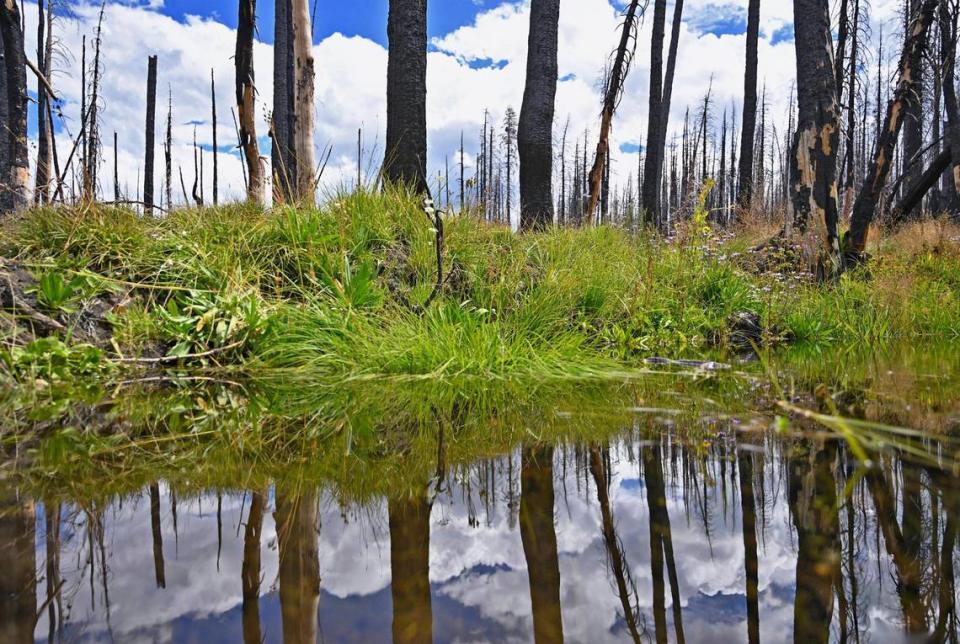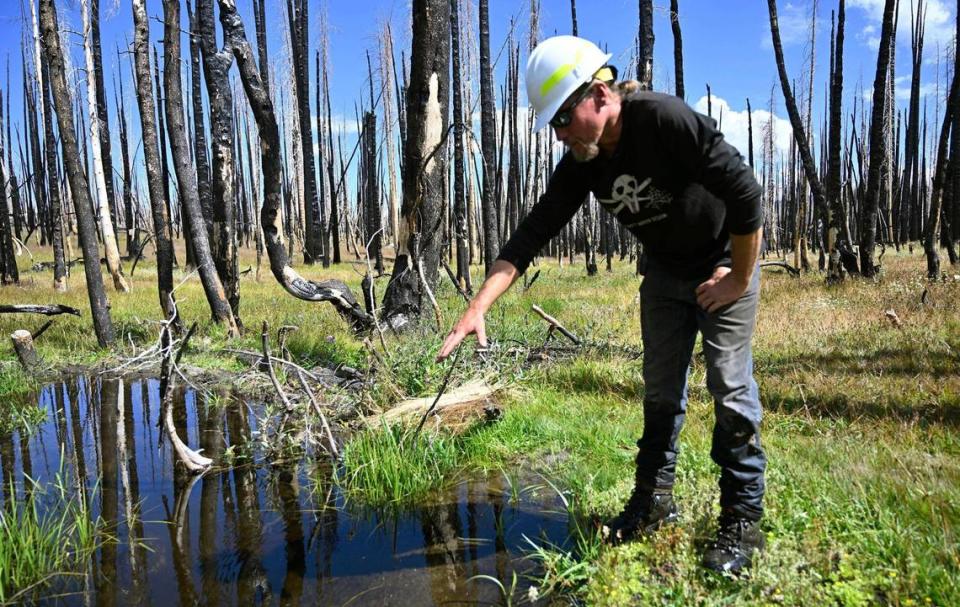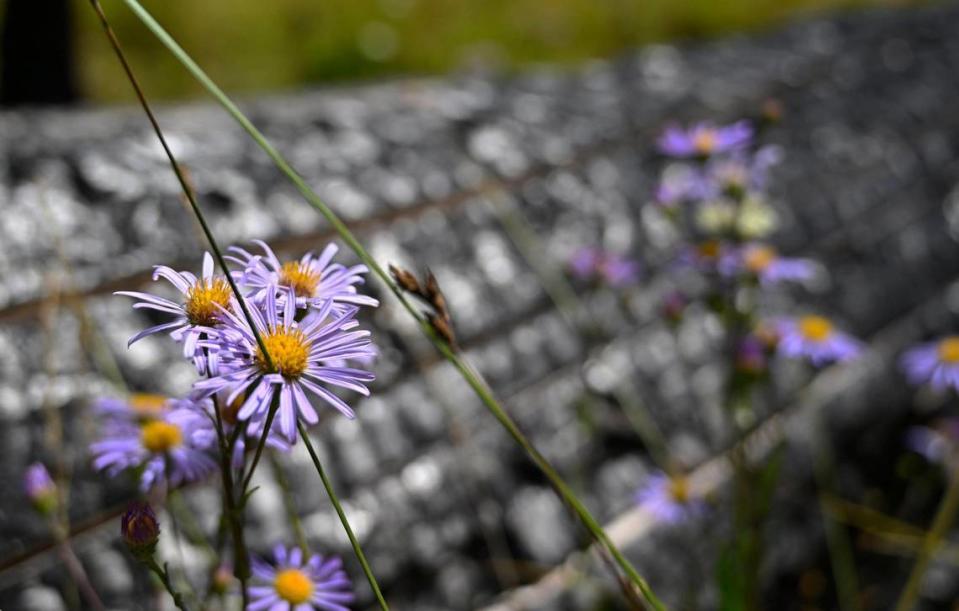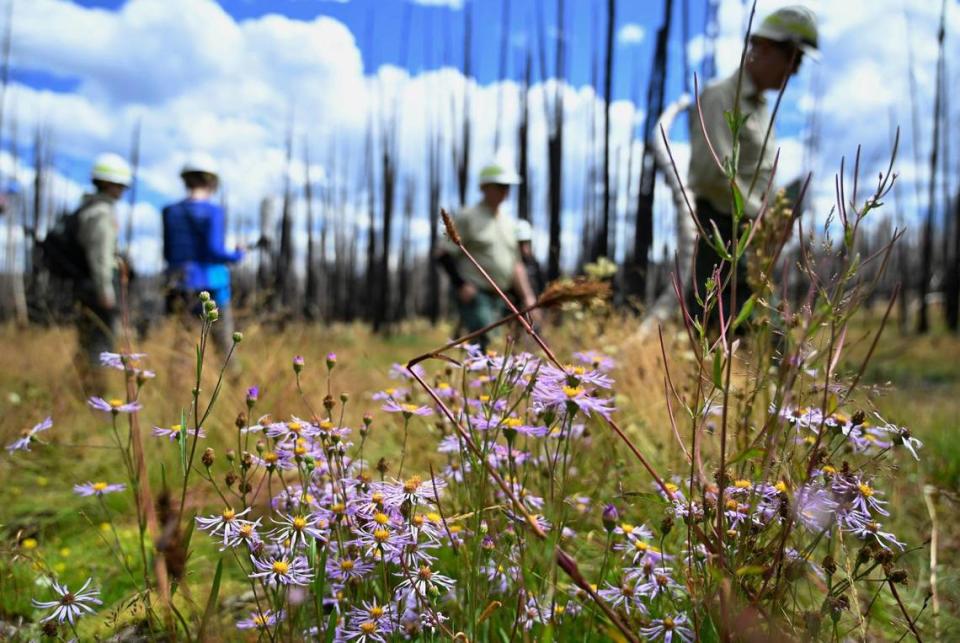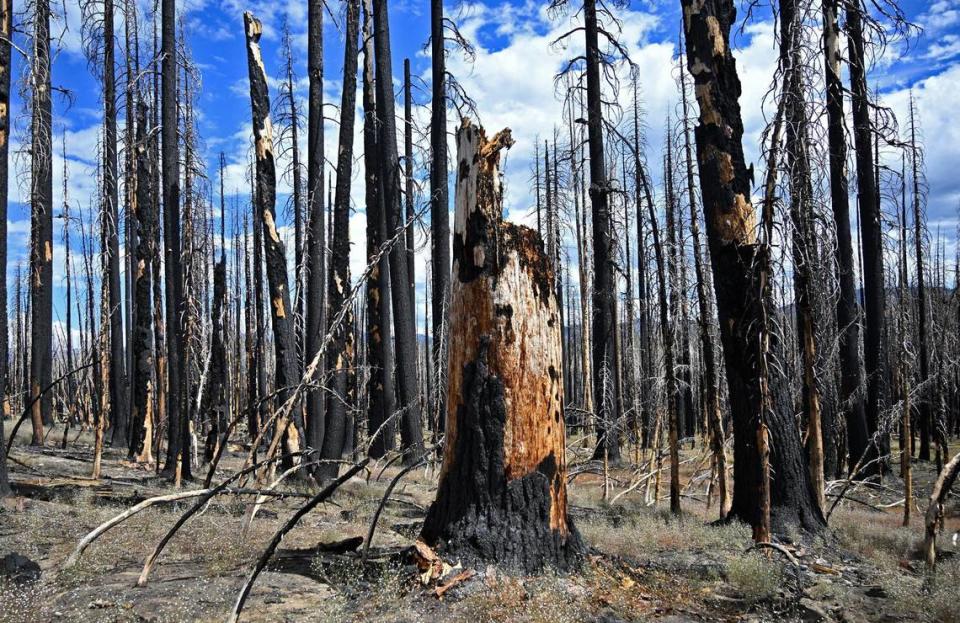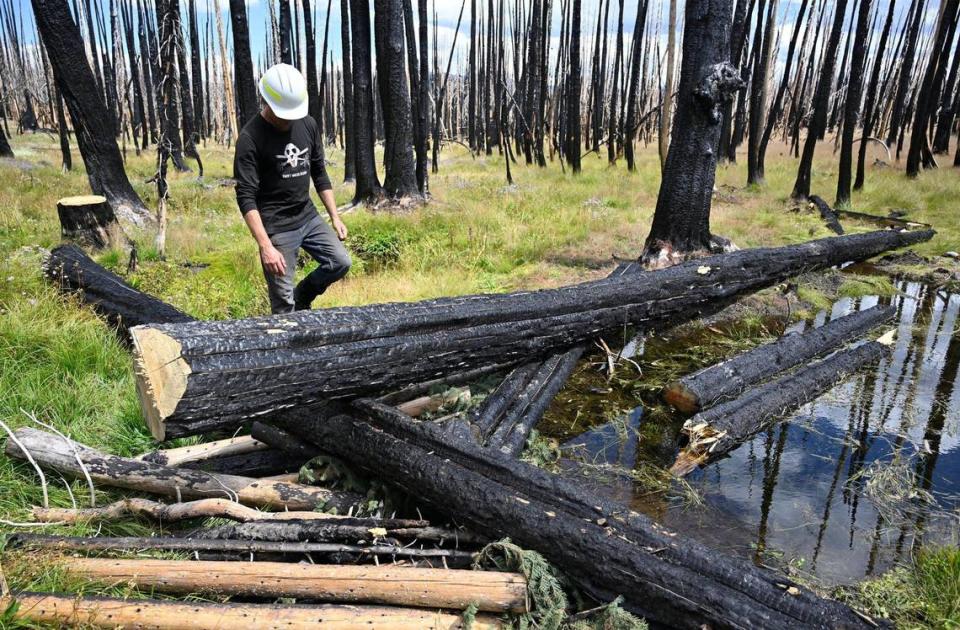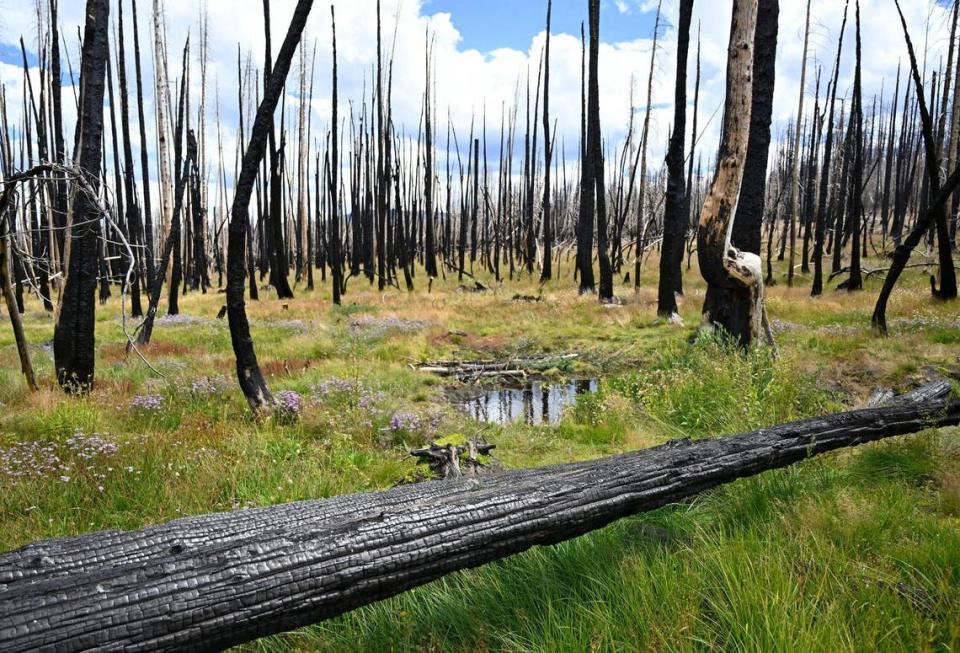What’s machine learning? How Forest Service is reshaping Sierra Nevada in California
California’s Sierra Nevada mountain used to have more meadows, nearly three times as many.
That’s according to a report released earlier this month by the U.S. Forest Service’s Pacific Southwest Research Station.
Researchers used a subset of artificial intelligence known as machine learning to identify and map locations of these lost meadows, which have disappeared over 150 years due to livestock grazing, mining, road-building and wildfires.
“We used characteristics of existing wetland meadows to identify potential lost meadows in 60 Sierra Nevada watersheds,” said Adam Cummings, a quantitative ecologist with the Pacific Southwest Research Station and lead author of the study. “Because lost meadows can’t be identified by their plant life, we looked for areas where the topography, snowpack, and hydrology are similar to those of present-day meadows.”
In some instances, the models expanded into areas where meadows were known to already exist.
Potential new meadows, or previously unrecognized areas, were also identified and will now be used in the forest service’s meadow restoration effort.
Dr. Karen Pope, a forest service ecologist at the Pacific Southwest Research Station and the report’s co-author, said these new maps “provide a large-scale perspective that helps us think differently about the historical importance of meadows and the positive impact their restoration could have on streamflow and wildfire management.”
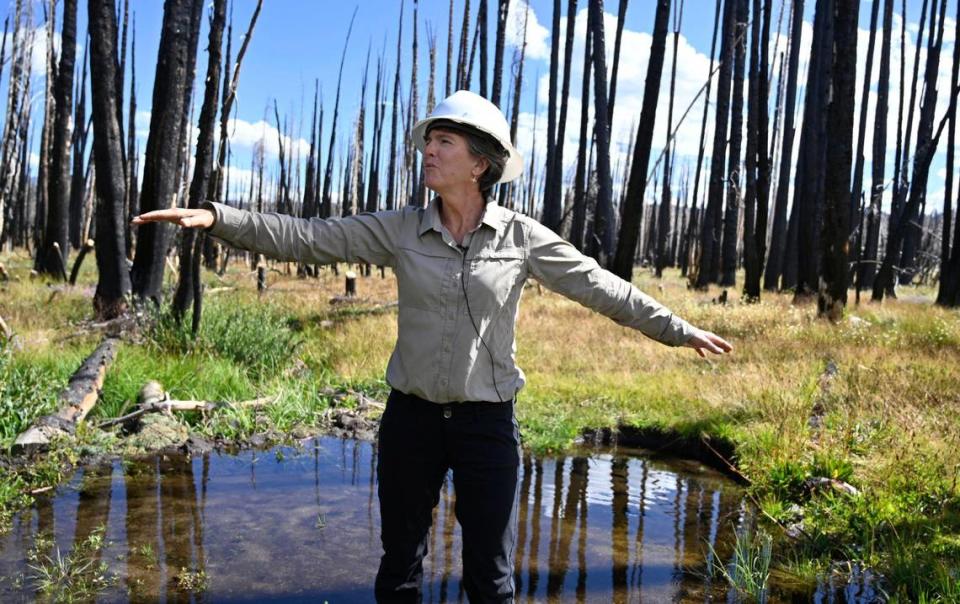
Creek Fire damage in Fresno County
One area under restoration is Lower Grouse Meadow in the Sierra National Forest off Highway 168 between Shaver Lake and Huntington Lake in eastern Fresno County.
The area was severely burned during the Creek Fire in 2020 and was being encroached upon by forest before the forest service started restoration efforts, which includes beaver-based dam-building to trap sediments, process nutrients and re-create landscapes.
Meadows are getting attention these days because they retain water, absorb carbon dioxide from the atmosphere and provide habitat for diverse plant and animal life, according to the paper’s research abstract.
“These characteristics are increasingly important in landscapes experiencing the effects of climate change such as more extensive wildfires or protracted droughts.”
